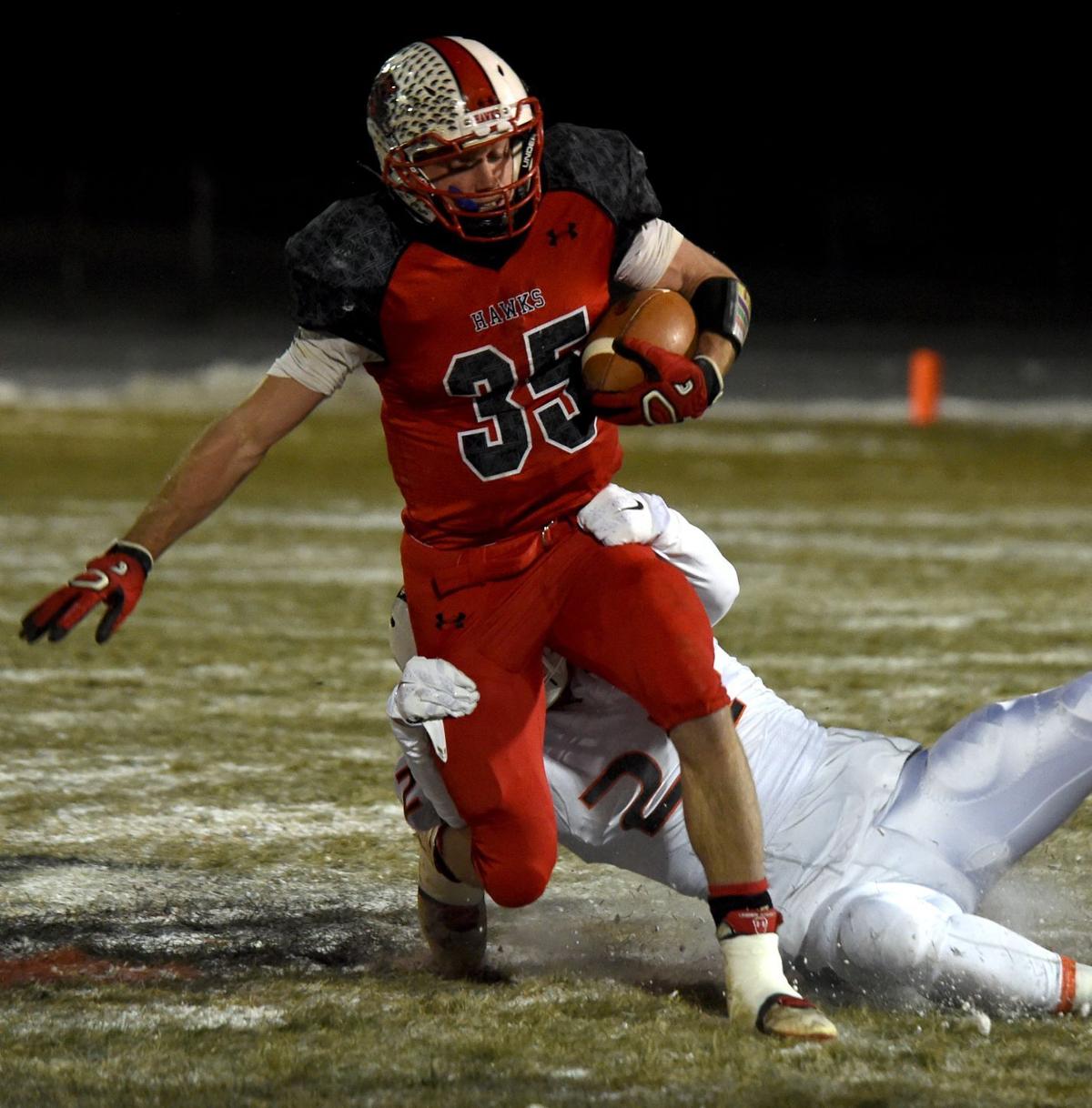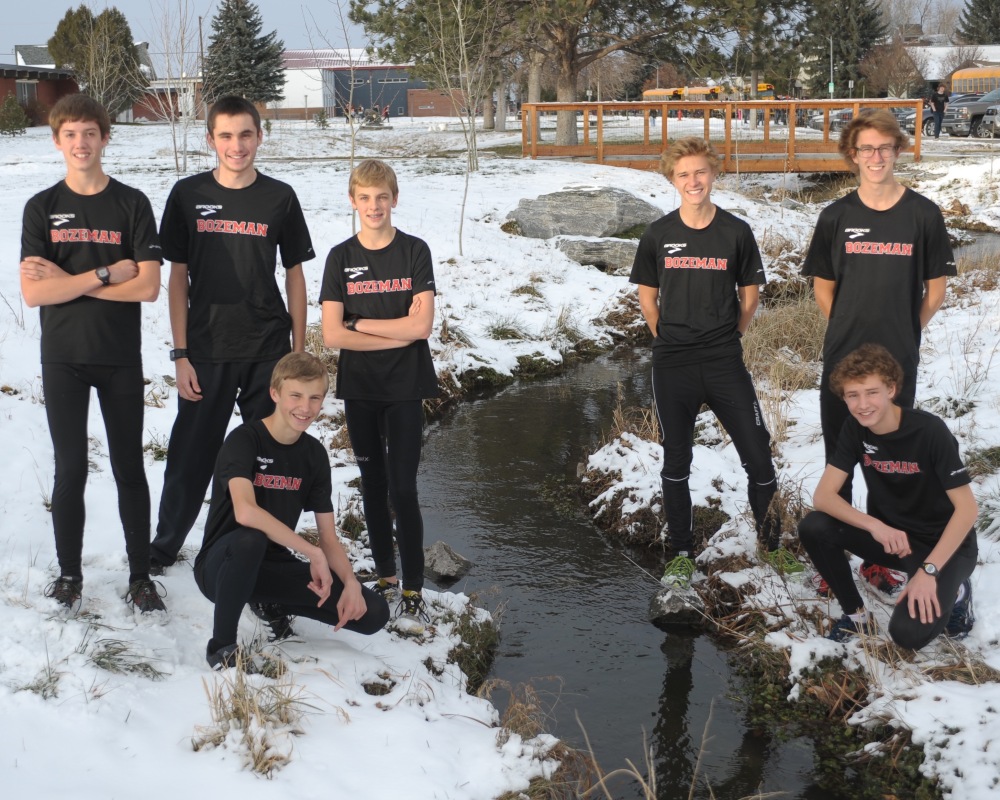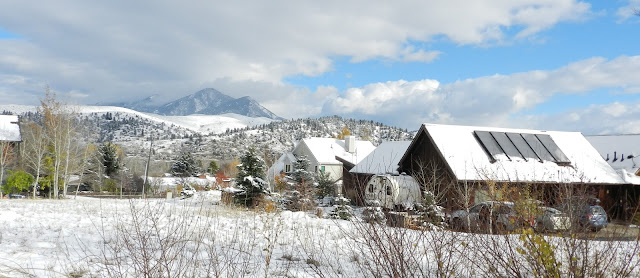Barack Obama said yesterday in a televised statement in response to the Paris terrorist attacks,
..... this is an attack on all of humanity and the universal values that we share."
No way, no how. That's not the world we live in. Obama either needs to clam up or he needs to learn to speak for himself.
Despite intersections here and there, and appearances of commonality, there are very different value systems at work. This is a story that reveals two sets of values, one set that I share and the other which I do not.
I once had a friend from Pakistan. We worked together at the Postal Service. Let's call my friend Mahmud, because, well, that was his name.
 |
About 1.5 million refugees escaped Viet Nam by boat.
It is unknown how man tens of thousands perished in the effot. |
Mahmud was urbane, stylish, sophisticated and world traveled. He had a Ph.D in economics from an Ivy League school.
Reflecting family influence, Mahmud's career aspirations were more in business than academics. Mahmud had a gorgeous, intelligent, friendly and sparkling young wife, and two of the cutest little kids you would ever see.
We worked together in a part of the Postal Service that produced product cost and revenue data, and used, among other things, econometric analysis to analyze the data and produce forecasts. Mahmud and I were reformed minded. We both wanted the Postal Service to scotch its simplistic (and in our view, misleading) unweighted labor productivity metric in favor of an advanced weighted measure. We were determined to produce an alternative replacement productivity model on our own, in our spare time.
To help, we wrangled authority to hire a temporary employee -- she was an ESL Vietnamese refugee right off the boat -- to transcribe, organize and, at our direction, crunch reams of data that we had accumulated in hard copy over the years, so we could analyze it and establish baseline multi-factor productivity trends. Our hire and her family were sponsored by a local Presbyterian church.
Our refugee hire worked her tail off, so when a suitable vacancy opened we got her hired on to a full-time permanent job with its full panoply of benefits. I remember, years later, how proud she was when she tracked me down to brag on her daughter who had been admitted to Duke Medical School and thank us for taking her on when she despaired for her future. I said, no need to thank anyone, you earned it.
Anyhow, the partnership with Mahmud was one I enjoyed, where I could offer him insights and understanding of the data we were using, and counsel on how to wind his way through the bureaucracy, the regulatory system and the political climate (in those days, where merit still counted for something, one could actually do all that). And Mahmud could offer me on-the-job, one-on-one graduate school level training in matters statistical and econometric. While our planned approach proved to be too unwieldy to implement, we were part of a movement that was ultimately successful, and led to the Postal Service adopting a measuring called Total Factor Productivity (which was subject matter of a earlier post).
After a few years with the Postal Service, Mahmud was restless and impatient. He wanted a bigger stage and a more important position, so he moved on first to a consulting firm, and then to a very large corporation headquartered in New Jersey that we all know of, and most of us have been customers of at one time or another. Mahmud was a chief of one sort or another in that company's strategic planning department, came to wear thousand dollar suits, and was known to take us out to lunch on his expense account when business beckoned him to Washington, DC.
After not hearing from Mahmud for a year or two, one peaceful Sunday morning I was at home. The phone rang. "Hi," the caller said "This is Mahmud, how are you doing?" "Fine," I said and we talked back and forth about work situations and old friends for a few minutes. Then Mahmud said, "Grady, I wanted to ask you a question because of your legal background." "Ok," I said. Mahmud asked "Is it against the law in the United States to assault your wife?" "It sure is!" I responded.
To think, I had vouched for the man when he applied for citizenship.
That was the last time I talked to Mahmud and conversed about our way less than universal values. I understand he left the country to evade prosecution.

































